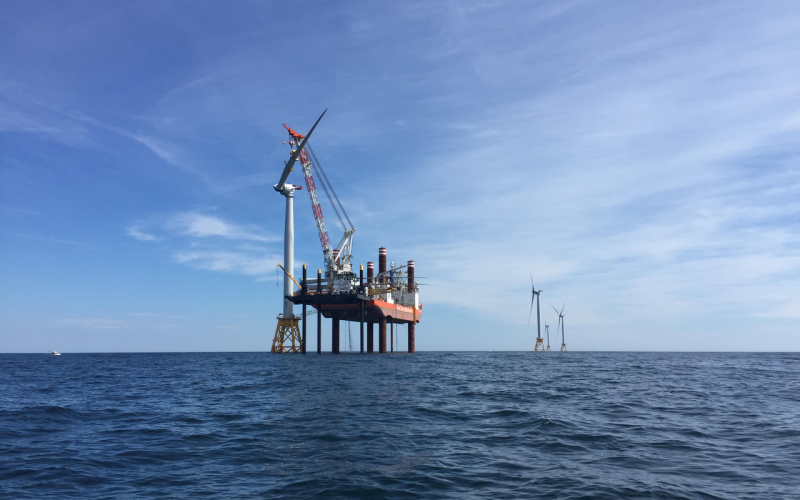Today, NOAA and the Bureau of Ocean Energy Management signed an interagency memorandum to advance wind energy while protecting biodiversity and promoting cooperative ocean use. The new agreement underscores the agencies' commitment to responsibly deploy 30 gigawatts of wind energy production capacity in federal waters by 2030. It leverages the responsibilities, expertise, and relationships of both agencies to support this goal.
"This new agreement is a positive step in ensuring that we fully leverage the resources and expertise at both agencies to achieve our mutual goals of expanding renewable energy and protecting and stewarding sustainably our marine resources," said Janet Coit, NOAA's Acting Assistant Secretary for Oceans and Atmosphere and the Assistant Administrator for NOAA Fisheries. “It's critical for our coastal communities and it's important that we do things with a long view."
The agreement identifies a number of areas for potential collaboration among NOAA and BOEM including:
-
A commitment to identify and consistently use the best-available science and, as appropriate and authorized, Indigenous Traditional Ecological Knowledge to support regulatory decisions and other actions, in adherence with applicable laws
-
Improving efficiency of environmental review and authorization processes for offshore wind permitting, and reducing inconsistencies across different authorities
-
Research, planning, and regulatory mechanisms providing for new jobs, advancing scientific understanding of the potential impacts of offshore wind development, and for equitable economic development, environmental justice, and sustainability
-
Surveying, spatial modeling, mapping, oceanographic assessments, and characterization of ocean regions and jurisdictional boundaries


